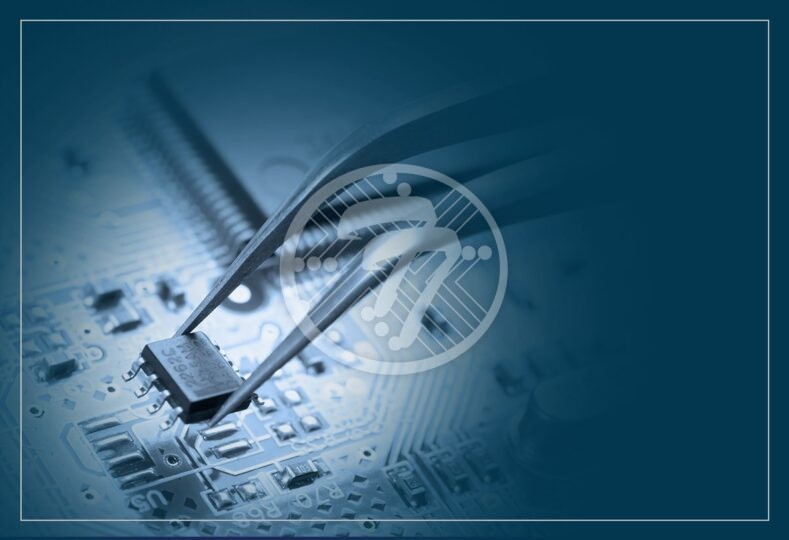Why is PCB component orientation important in circuit board manufacturing?

Pointing PCB components in the right direction, or what is known as the right component orientation, can go a long way in impacting both electrical performance as well as manufacturability of your PCB. This is particularly important as today’s boards need to contend with high signal speeds, issues of power integrity as well as thermal considerations. It is therefore imperative for us to look at some of the aspects of component orientation in detail:
PCB Component Orientation – what does it involve?
The right component orientation begins as early as the construction of the component footprint. Needless to mention that an incorrectly built component, even if it has the correct orientation, will not work well. It is, therefore, imperative that all the datasheets, as well as part information, are kept handy when building PCB component footprints. Utilizing the PCB design tools’ utilities and part-building wizards is also beneficial. The tools also typically connect with online library services where part information can be easily downloaded.
Small aspects such as placing markers in the footprints for component’s polarity can also go a long way in the correct part orientation.
Impact of PCB Component Orientation on Electrical Performance
High-Speed Signals
A signal path in high-speed circuitry frequently consists of multiple nets. The resistor, therefore, needs to be correctly oriented to offer optimum connection between the nets.
Similarly, high-speed routing also has memory and data buses that have several nets. The components, therefore, need to be oriented correctly to ensure that the trace routing is optimal. Similarly, with impedance-controlled nets, components need to be oriented so that connections are short and direct.
Power Supplies
To ensure optimum connection configuration the power supply components need to be oriented correctly. It is important that with high current power supply traces, routing must be short, else high resistance, inductance as well as noise can be created. To achieve this, the following measures are required:
- There should be tight placement of power supply parts.
- Power supply components should be placed on the same side of the board.
Often all of this will mean some unusual placement of PCB components. It is important, therefore, to check with the PCB manufacturer what is possible before board placement is undertaken.
Manufacturability
In order to ensure that PCB manufacturing is efficient, several basic rules about component orientation need to be kept in mind:
- Two-pin components should be positioned perpendicular to the board’s direction while wave soldering. Also, it is important to make sure that tall components do not shadow small ones and thereby prevent them from being soldered.
- Make sure that the two-pin component is not heated unequally during solder reflow as it can lead to tombstoning. In order to prevent this, metal connections between the two pins need to be equalized.
- Components that are not oriented optimally can lead to a number of issues during rework and testing. Automated testing also requires specific clearances between test points and components.
Testing
It is extremely important that parts on the board have accessibility so that debugging & testing are made possible. If the components are not oriented optimally or are placed in a manner such that access is difficult, it causes several issues. Similarly, automatic testing requires some clearances between the test points & the components, and the edge of the board. All these aspects can be taken care of if one uses a design tool.
PCB Design CAD Tools
A CAD tool can be a valuable resource as it has a number of built in utilities that help with component orientation. You can also simplify component orientation to a large extent by changing net colors or other layout parameters. Another handy input for parts that require a fixed orientation is to restrict the ability of parts to be rotated.
Once you set the PCB design rules correctly, any part that violates these rules will lead to online warnings from your CAD system enabling you to take the right design decisions. In turn this has a huge impact on both manufacturability as well as electrical performance of the printed circuit board.
As a leading electronics contract manufacturer, Technotronix provides a one-stop solution for electronics manufacturing services with specialized support, reliable testing, and multi-functional features. In case if you have any questions, please feel free to contact us via email at [email protected] or call us at 714/630-9200.






